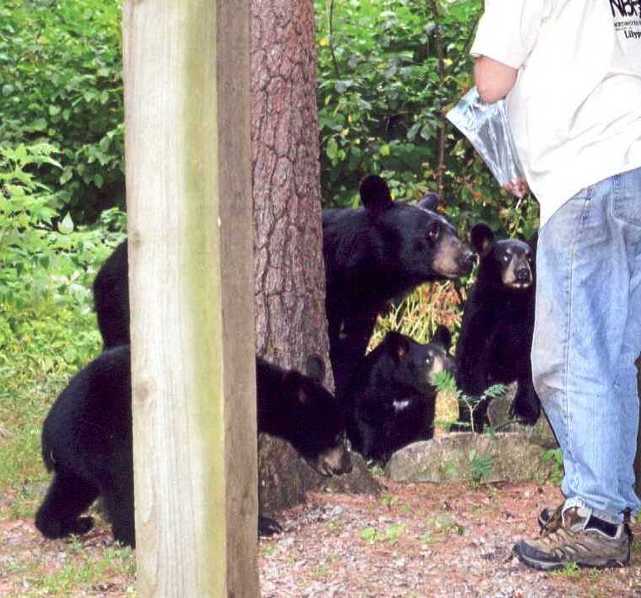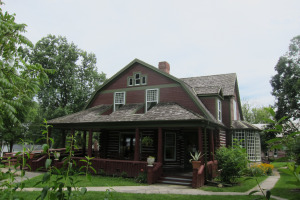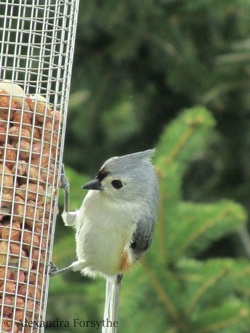Gene Stratton-Porter was a prolific writer who produced a large body of work. She wrote
articles for several well respected magazines. She was encouraged to write her first book which
was published in 1903 when she was forty. For the next twenty-one years, she never looked
back. She would become the most widely read female Hoosier author.
Very little has been written about the books and authors that she read. We know that she was an avid reader and read fiction, non-fiction and enjoyed historical fiction. In some of her letters, she mentioned and discussed books that she had read.
In the spring of 1894, she co-founded a women’s literary society with Mary Beall. About a dozen of Gene’s female friends in Geneva belonged to this club. Each member took turns hosting the club in their homes. The literary society was first called the Wednesday Club then later that year it became the Saturday Club when the meeting day was moved to Saturday.
In 1919, the New York City’s “The Sun” newspaper carried an article which asked several well-
known people what were their “best books of the past twelve months” Gene was one of those
asked. The books she read demonstrate the depth of her interests.
Her three favorites were:
“The Education of Henry Adams” by Henry Adams. Henry was the grandson of John Quincy
Adams and the great grandson of John and Abigail Adams. Henry served in the Congress during the Civil War. The book was published in 1918 after his death. It would win a Pulitzer Prize in 1919. This book would become a classic.
“The Great Hunger” by Johan Bojer. Johan was a Norwegian writer. The story is about a young man named Peer who is “hungry” for knowledge.
“A Russian Schoolboy” by Sergei Aksakov. This book was written in 1856 and was about his
youth and Russian country life. As a child, he collected butterflies and liked to fish. Sergei was
known for his prose and warmth of writing.
Gene’s three book picks of 1919 would be good reading. In today’s digital world, it is easy to
download free copies of the books. I hope that you will consider reading one of these books.



 RSS Feed
RSS Feed
